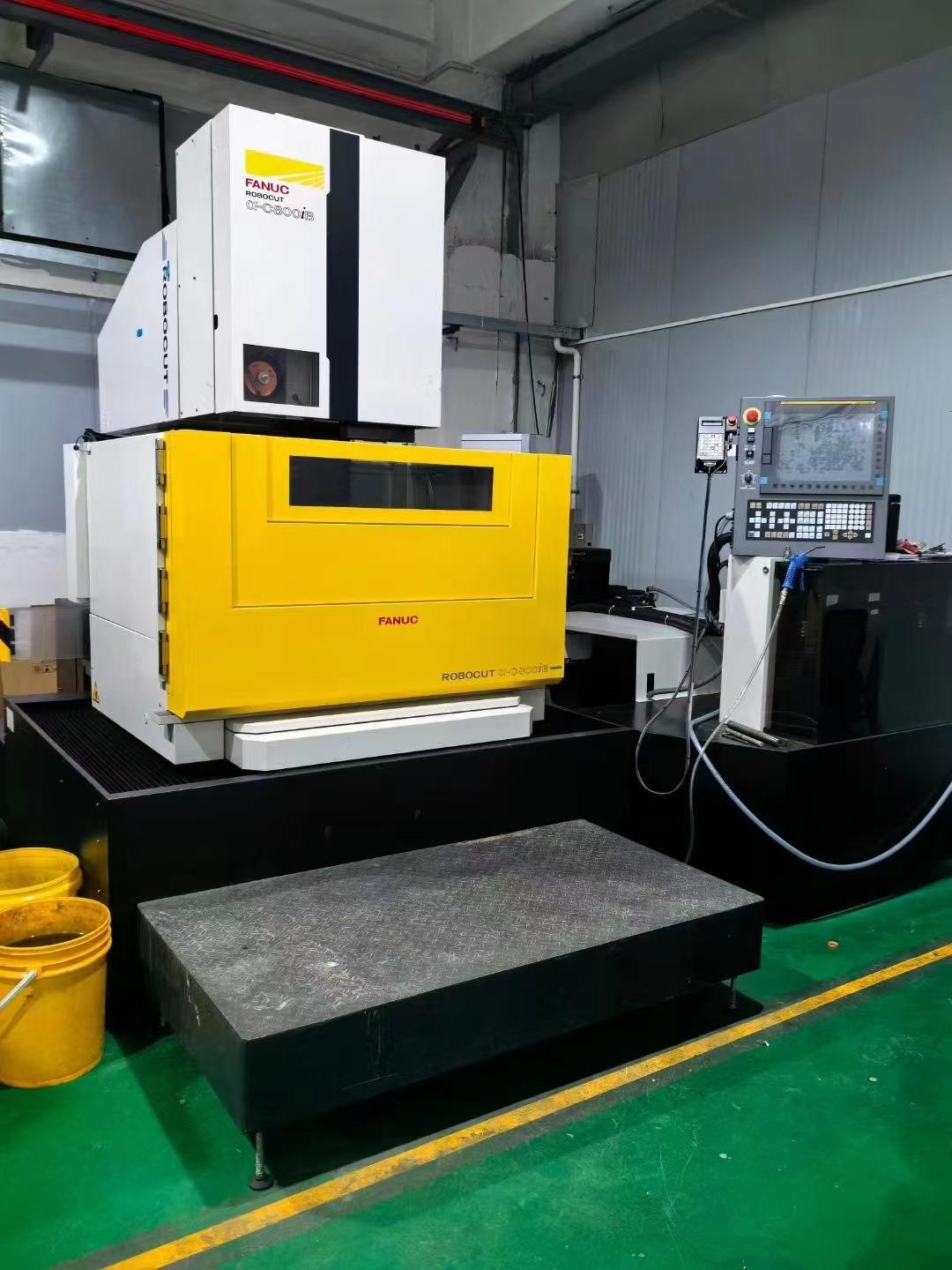How to determine if WEDM needs maintenance?
The following are some ways to determine whether the WEDM needs maintenance:
I. Machining accuracy
Dimensional deviation: If the size of the processed workpiece is continuously out of tolerance compared to the design size, for example, when processing a batch of mold parts, the dimensional accuracy requirements for ± 0.01mm, but the actual machining of the parts out of the dimensional deviation exceeds this range, and can not be improved through the adjustment of the processing parameters, which may be the mechanical structure of the equipment, the control system or the discharge system has a problem, the Maintenance is required.
Decline in shape accuracy: When the shape of the processed workpiece is obviously not in line with the requirements of the situation, such as cylindricity, flatness, straightness and other shape accuracy indicators deteriorate. For example, the cylindrical error of the processed cylindrical parts increases from the original 0.002mm to more than 0.01mm, or there are wavy undulations after the plane processing, which is likely to be caused by the wear of the guide rail, the precision of the screw decreases, uneven discharge, etc., and needs to be repaired.
Surface roughness deterioration: under normal circumstances, slow walking wire processing can achieve a better surface roughness, such as Ra value below 0.8μm. If in the process of processing, the surface roughness deteriorates significantly, there are obvious surface lines, pockmarks, scratches, etc., and is not due to changes in the electrode wire, processing parameters or workpiece materials, it may be the discharge circuit, the working fluid system or mechanical transmission components failures, the need to check and repair the equipment.
Second, electrode wire operation
Automatic threading failure: If the success rate of automatic threading decreases significantly, for example, originally the success rate of automatic threading was above 95%, but now it often fails to thread the wire, or the threading time increases greatly, exceeding the normal range (such as from an average of 15 seconds to more than 1 minute), it may be that the mechanical parts of the automatic threading mechanism are worn out, the sensor malfunction, or electrical control system problems, which need to be repaired.
Electrode wire tension abnormality: When the electrode wire tension is unstable and fluctuates significantly during processing, or the tension display value is out of the normal range, it will cause the electrode wire to jitter and affect the processing accuracy. This may be a failure of the motor, sensor, controller and other components of the tension control system, which needs to be repaired.
Electrode wire breaks frequently: under normal processing parameters and material conditions, the electrode wire breaks frequently, such as the original number of wire breaks in a day not more than 2 - 3 times, and now breaks every few workpieces, which may be caused by the quality of the electrode wire, the discharge parameters are abnormal, the working fluid supply is insufficient or the chip removal is not smooth, and so on, and it is necessary to check and repair the relevant systems of the equipment.
Third, mechanical movement
Abnormal table movement: when the table in the process of moving obvious jamming, jittering, crawling phenomenon, or moving at an unstable speed, for example, in the setting of uniform speed movement, the speed appears to be fast and slow, this may be the guide rail wear, silk rod precision decline, motor failure or transmission components loose and other reasons, need to repair the mechanical movement system.
Inaccurate positioning of the axes: equipment in the positioning operation, the axes can not accurately reach the set position, there is a large positioning error, more than the permissible range of equipment (such as positioning accuracy requirements for ± 0.005mm, but the actual error reaches more than 0.01mm), which may be a failure of the encoder, the transmission system error accumulation or control system positioning algorithm, the need for maintenance.
Fourth, the control system
Program execution error: If the equipment in the execution of the processing program errors, for example, can not correctly identify the program instructions, processing path deviation, can not be set in accordance with the parameters of processing and other situations, this may be a CNC system software failure, program transmission error or controller hardware failure, the need for control system inspection and repair.
Frequent system alarms: the control system of the device frequently sends out alarm signals, and the alarm information shows that the hardware or software failures related to equipment, such as motor overload alarm, discharge abnormal alarm, high temperature alarm, etc., which indicates that there are problems with the device, you need to carry out the appropriate maintenance according to the alarm information.
Fifth, the working fluid system
Abnormal working fluid level: abnormal fluctuations in the working fluid level, such as level drop too fast, or level sensor failure leads to equipment can not correctly identify the height of the liquid level, which may be the working fluid tank leakage, pipe rupture, or level sensor damage and other reasons, need to be repaired.
Working fluid temperature is too high: under normal processing conditions, the temperature of the working fluid is too high, exceeding the temperature range specified by the equipment (such as more than 60 ℃), which will affect the performance of the working fluid and machining quality, it may be the working fluid cooling system failure, such as damage to the cooling pump, radiator clogging, etc., need to be repaired.
Serious contamination of the working fluid: the working fluid becomes turbid, has a strange odor, or it contains a lot of metal chips, impurities, etc., which will affect the insulating performance of the working fluid and chip removal effect, it may be the failure of the filtration system or a long time without the replacement of the working fluid caused by the working fluid system needs to be repaired or maintained.
Sixth, the electrical system
The equipment cannot start or stops suddenly: when the equipment cannot start normally after the start button is pressed, or stops suddenly in the process of machining and there is no obvious external reason (such as power outage), this may be caused by power supply failure, contactor failure, motor failure or control system failure, etc., and it is necessary to carry out a comprehensive inspection and maintenance of the electrical system.
Abnormal heat or smoke of electrical components: In the process of equipment operation, found that some components in the electrical control cabinet (such as transformers, contactors, drives, etc.) appear abnormal heat, or even smoke, which indicates that these components may have been damaged or there is a short circuit and other faults, need to be immediately shut down and repair.



